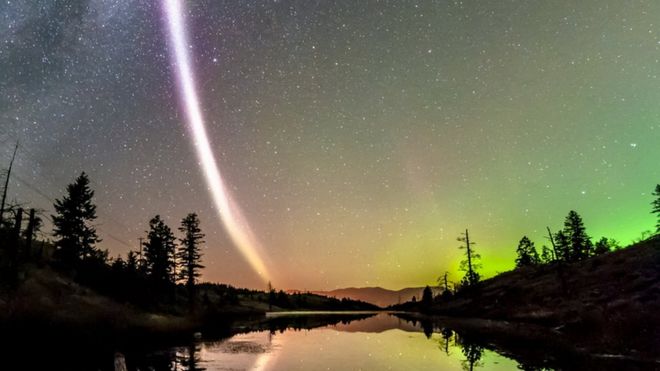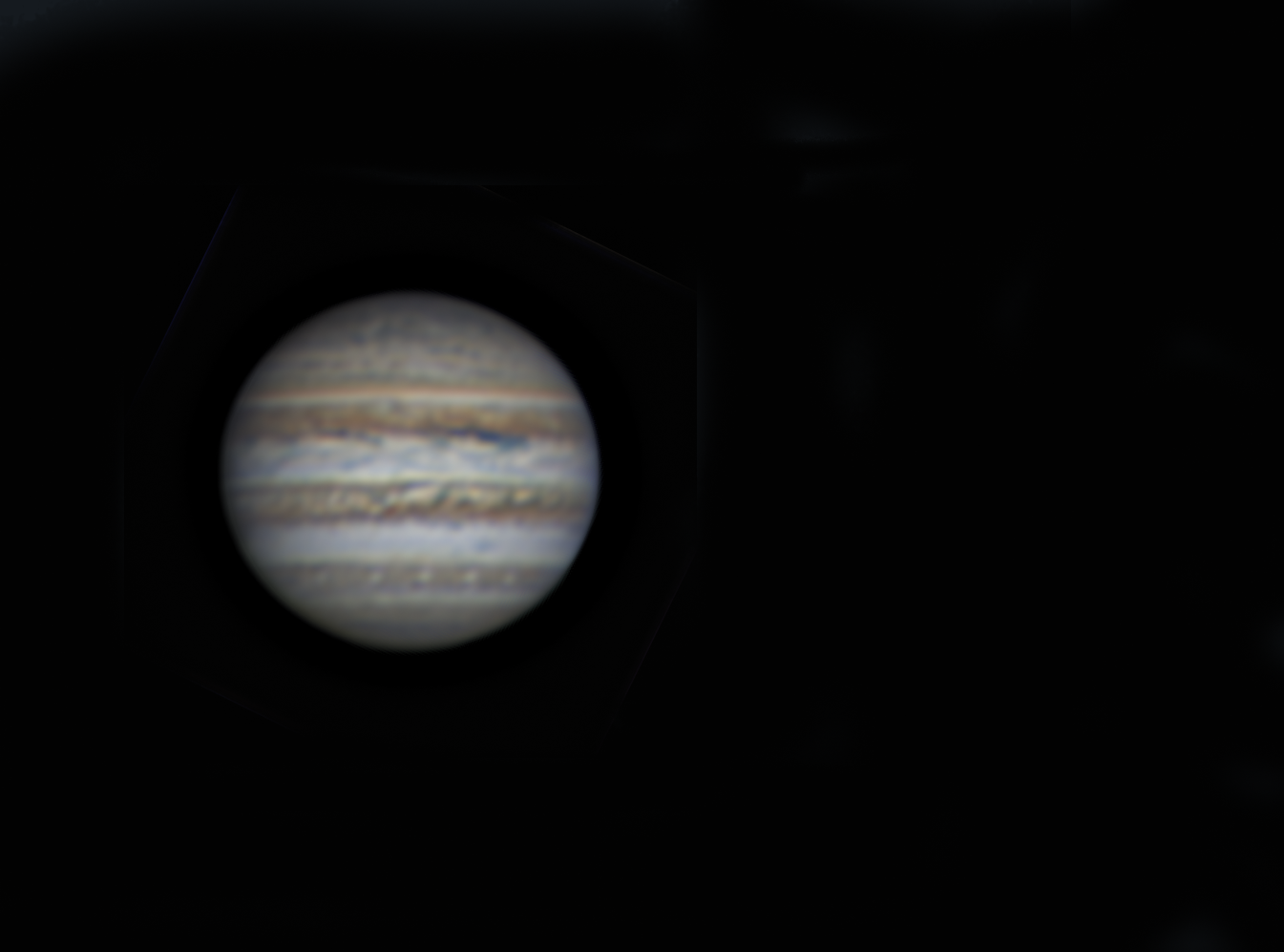Last Night’s Astro Image
Last Night’s Astro Image
- This topic has 260 replies, 52 voices, and was last updated 27 October 2022 at 06:28 by
 Michael Gilligan.
Michael Gilligan.
- Please log in to reply to this topic. Registering is free and easy using the links on the menu at the top of this page.
Latest Replies
Viewing 25 topics - 1 through 25 (of 25 total)
-
- Topic
- Voices
- Last Post
-
- Discussion on the Future Direction of Model Engineer and Workshop 1 2 … 10 11
- 68
- 21 February 2025 at 14:30
Viewing 25 topics - 1 through 25 (of 25 total)















